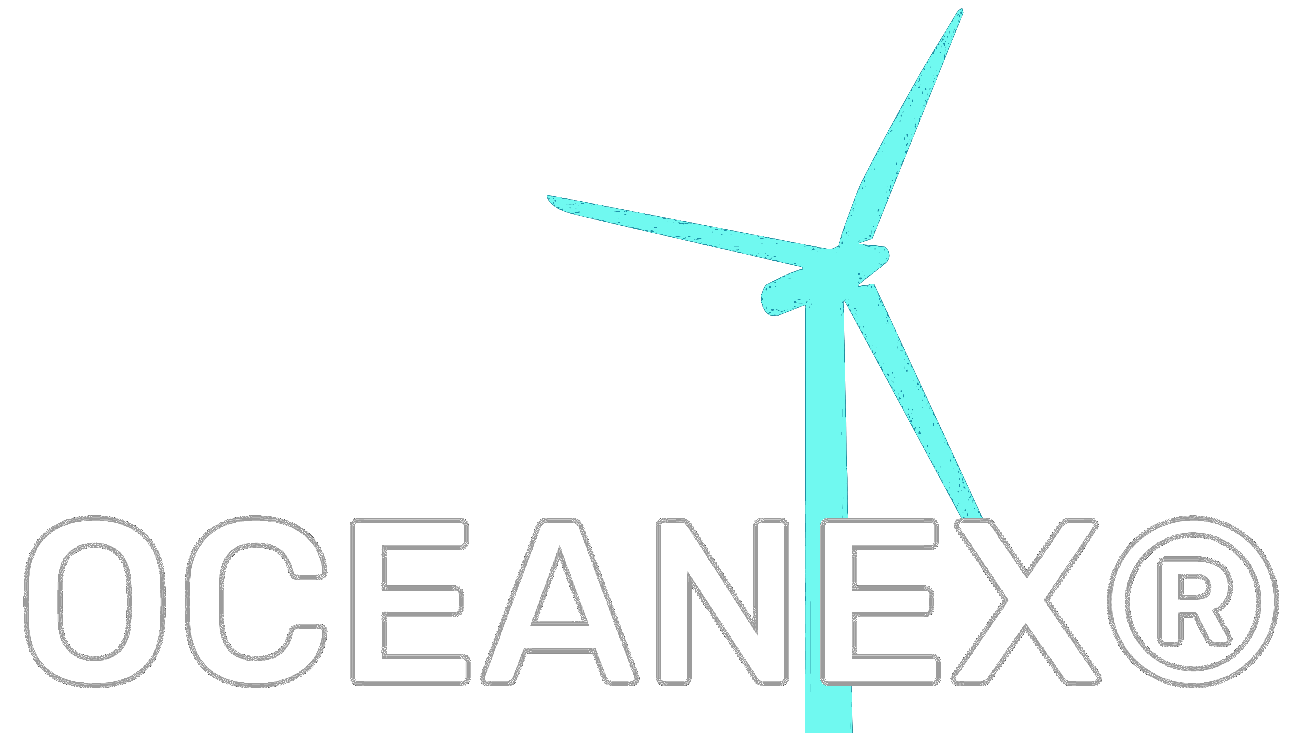
Offshore wind energy is a rapidly growing source of renewable energy, and the certification of offshore wind turbines is an important aspect of ensuring the safety, reliability, and performance of these systems. There are a number of guidelines and standards that have been developed to help ensure the quality and safety of offshore wind turbines, and these guidelines can help to ensure that offshore wind turbines are designed, constructed, and operated to the highest possible standards.
The Role of Certification in Offshore Wind Energy
Offshore wind turbines are complex systems that are exposed to a range of environmental conditions, including strong winds, waves, and storms. To ensure the safety and reliability of these systems, it is important to follow a set of guidelines and standards for the certification of offshore wind turbines. These guidelines can help to ensure that offshore wind turbines are designed and constructed to withstand the forces of the environment, and that they are operated and maintained in a safe and reliable manner.
There are a number of different guidelines and standards that apply to the certification of offshore wind turbines, including industry standards, national standards, and international standards. These guidelines and standards can vary depending on the location and type of offshore wind turbine, and it is important to follow the guidelines that are specific to a given offshore wind turbine.
The Importance of Quality Assurance and
The Certification Process for Offshore Wind Turbines
The certification process for offshore wind turbines typically involves several steps, including design review, testing, inspection, and certification. These steps are designed to ensure that offshore wind turbines meet the necessary standards and guidelines for quality, safety, and performance.
Design review is an important step in the certification process for offshore wind turbines. This step involves a thorough review of the design of the offshore wind turbine to ensure that it meets the necessary standards and guidelines. This review process may include a review of the wind turbine’s structural design, electrical systems, and other key components to ensure that they are safe and reliable.
Testing is another important step in the certification process for offshore wind turbines. This step involves subjecting the offshore wind turbine to a range of tests to ensure that it meets the necessary standards and guidelines. These tests may include structural testing, electrical testing, and other types of testing to ensure that the offshore wind turbine is safe and reliable.
Inspection is also an important step in the certification process for offshore wind turbines. This step involves a thorough inspection of the offshore wind turbine to ensure that it meets the necessary standards and guidelines. This inspection process may include a visual inspection of the wind turbine’s components, as well as more detailed inspections using specialized equipment and techniques.
Finally, certification is the final step in the certification process for offshore wind turbines. This step involves the issuance of a certificate or other formal document that attests to the fact that the offshore wind turbine meets the necessary standards and guidelines. This certificate is typically issued by a third-party organization or certification body, and it can be used to demonstrate the quality and safety of the offshore wind turbine to potential buyers, investors, and other stakeholders.
Conclusion
In conclusion, the certification of offshore wind turbines is an important aspect of ensuring the safety, reliability, and performance of these systems. By following a set of guidelines and standards for the certification of offshore wind turbines, it is possible to ensure that these systems are designed, constructed, and operated to the highest possible standards. The certification process for offshore wind turbines typically involves several steps, including design review, testing, inspection, and certification, and it is important to follow these steps to ensure the quality and safety of offshore wind turbines.

